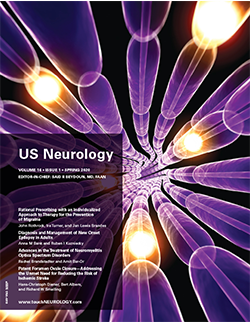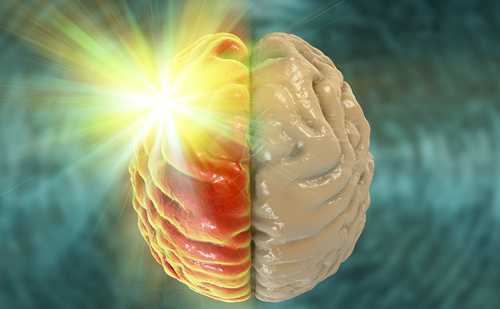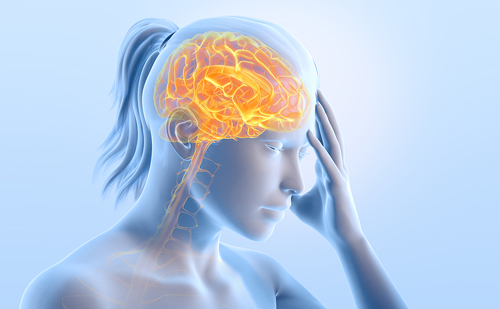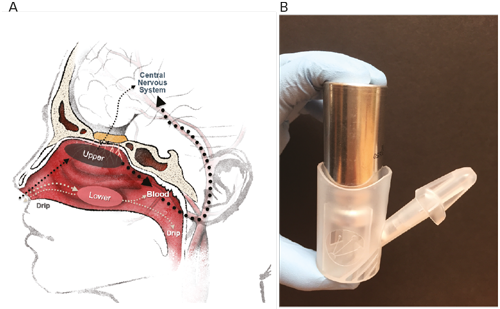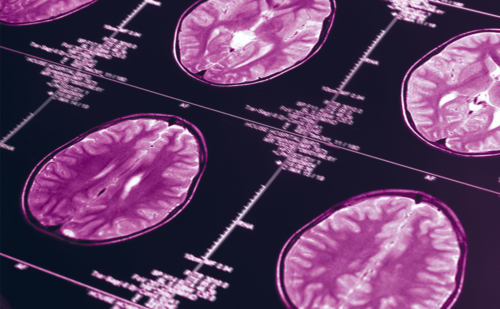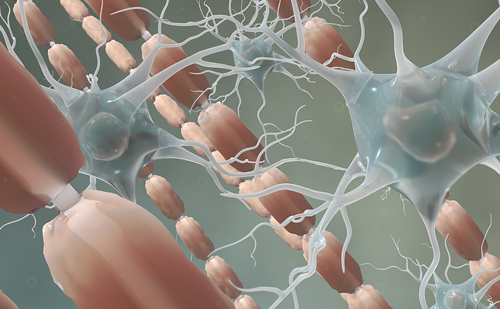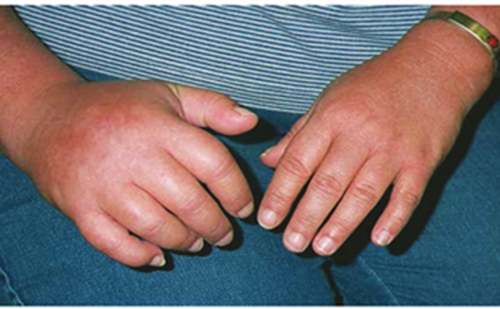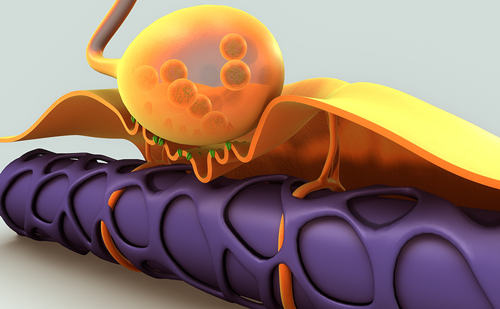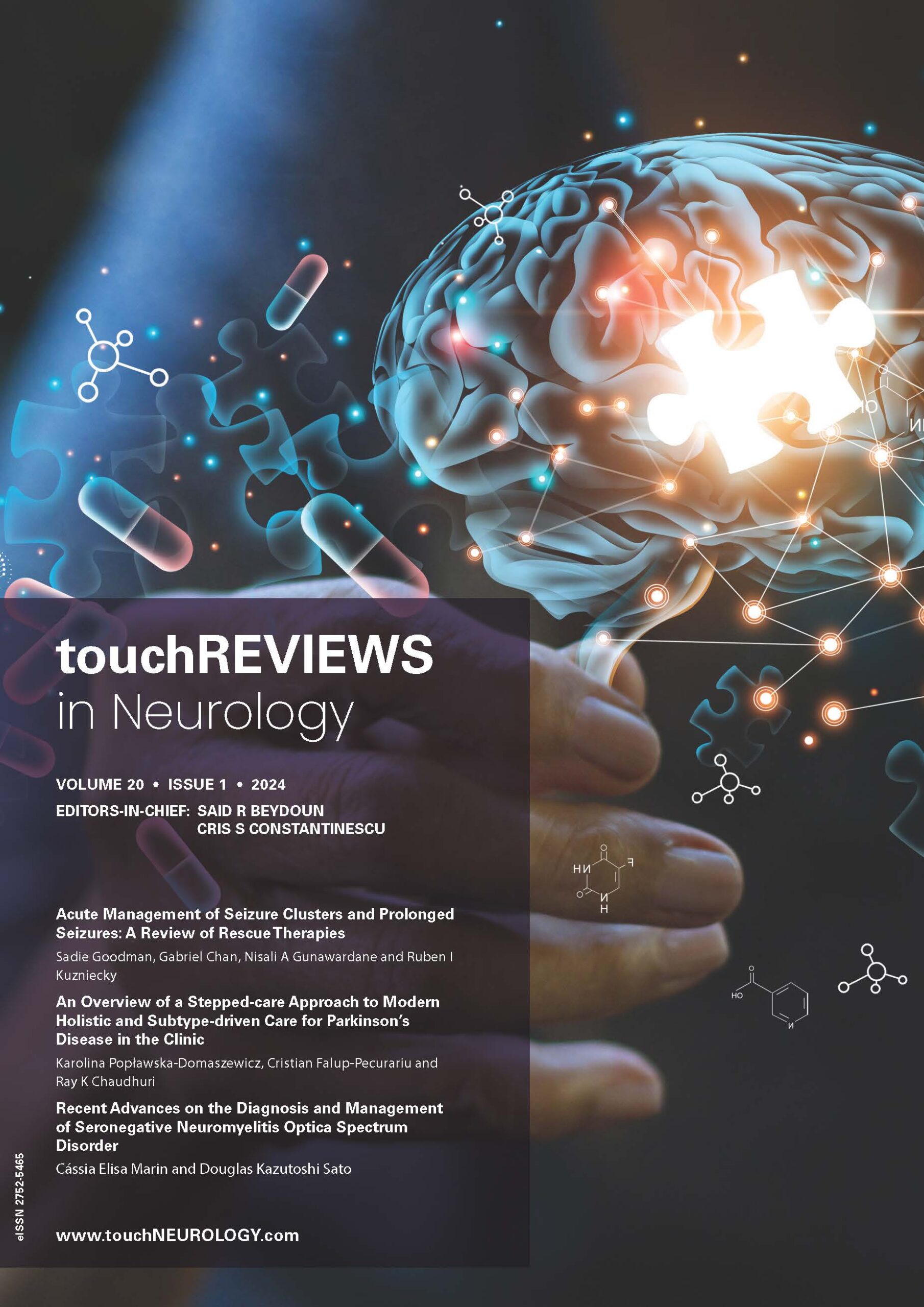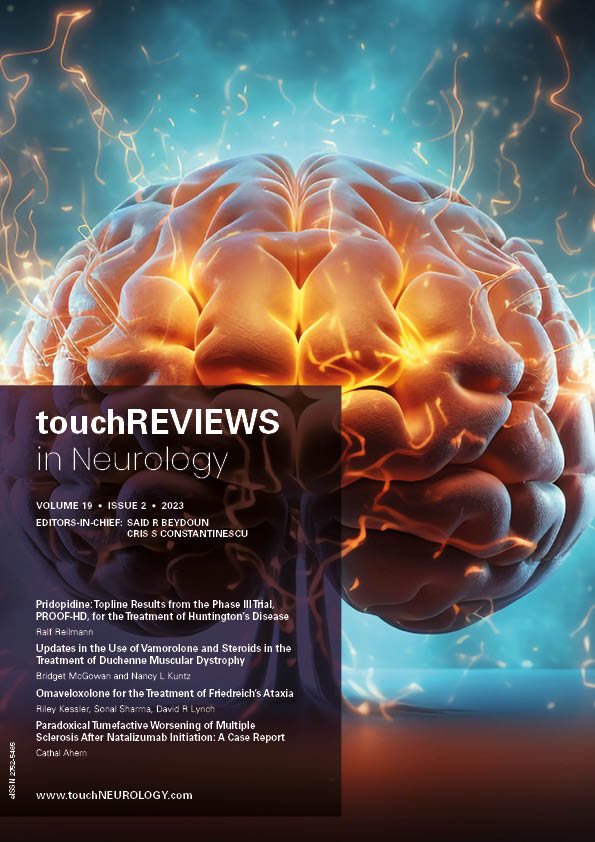US Neurology – Volume 16 Issue 1 – Spring 2020
Introduced by, and including a review article on the diagnosis and management of new onset epilepsy in adults from our valued Editorial Board member, Ruben I Kuzniecky, we’re delighted to share with you our spring edition of US Neurology. In addition to epilepsy, the edition covers an array of neurology specialties, including migraine, neuromuscular diseases, neuromyelitis optica spectrum disorders, neuropathic pain, neurosurgery and stroke, across several article formats. We trust you’ll find something to catch your own clinical interest – enjoy!
Thanks to all who have contributed toward this edition. We are welcoming submissions to our Fall 2020 and 2021 editions. If you are interested, you can submit here or contact me directly.
Foreword
Welcome to the spring edition of US Neurology. During the COVID-19 pandemic, which has had a substantial impact on patients with neurological disease, as well as providing significant challenges to healthcare providers, we hope our journal provides reason for optimism by highlighting recent conceptual and practical clinical advances. We begin with an expert interview, in which […]
Expert Interview
The majority of people with epilepsy develop lasting remission from seizures. However, epilepsy can be fatal; with sudden unexpected death in epilepsy (SUDEP) the most common epilepsy-related cause of death.1 SUDEP is defined as unexpected, witnessed or unwitnessed, non-traumatic, and non-drowning death that occurs in an individual with epilepsy with or without evidence for a […]
Commentary
Although preventive treatment has been a mainstay of migraine treatment for decades, it still remains vastly underutilized.1,2 In recent years, however, the profusion of new treatments for migraine has expanded the therapeutic arsenal for the preventive treatment of migraine. Clinical care pathway for the prevention of migraine John Rothrock When selecting the appropriate preventive therapy, […]
Special Report
The medical group visit model is an innovative mode of care delivery that has gained popularity with clinicians, as it offers more options for chronic care management, with the added possibility of improving financial productivity. Group medical visits were initially developed in the 1970s in an effort to offer high-quality medical care with additional elements […]
Reviews
Treatment of acute central nervous system (CNS) conditions requires effective drugs that can provide rapid onset of effect, consistent blood levels, ease-of-use for patient or caregiver, and acceptable tolerability. Solid oral dosage forms account for up to 75% of prescriptions from healthcare providers.1 They are less expensive and easier to manufacture than drug–device combination products, offer […]
The International League Against Epilepsy (ILAE) revised its definition of epilepsy in 2014 in order to maximize early identification and treatment of patients with epilepsy.1 The ILAE’s conceptual definition of epilepsy, first formulated in 2005, is “a disorder of the brain characterized by an enduring predisposition to generate epileptic seizures.” In practice, this definition corresponded to […]
Neuromyelitis optica spectrum disorder (NMOSD) refers to a family of inflammatory central nervous system (CNS) diseases in which patients accrue disability through severe episodes of demyelination with typical manifestations including involvement of visual pathways (e.g., optic neuritis) and spinal cord (longitudinally extensive myelitis). Other common symptoms, including intractable hiccups, nausea and vomiting are also well […]
Complex regional pain syndrome, type 1 (CRPS1)/reflex sympathetic dystrophy (RSD) is a neuropathic pain disorder,1 with pain reflecting partially damaged nerve fibers.2 It is normally caused by traumatic injury, further aggravated by neuroinflammation.3 The latter contributes to the devastating potential for CRPS1/RSD progressing to a permanent, totally disabling condition.4 Identifying CRPS early, when classical features […]
Infections and their prevention have long been a significant concern for surgeons around the world. Surgical site infections (SSIs) represent a considerable burden for both patients and providers alike, as they often result in significant morbidity and mortality, as well as high costs to healthcare systems. In the United States, SSIs have been identified as […]
Globally, a high proportion (around 25%) of transient ischemic attacks (TIAs) and ischemic strokes are cryptogenic.1,2 The Trial of ORG 10172 in Acute Stroke Treatment (TOAST) classification defines a cryptogenic stroke as a brain infarction that is not caused by definite cardioembolism, large artery atherosclerosis, or small artery disease, despite extensive investigations.3 The “ASCOD” classification defines strokes […]
Original Research
Proper intraoperative positioning is a simple, yet crucial, component of a successful operation. During each surgical procedure, a position should be employed, which not only meets the surgeon’s requirements, but also has the fewest disadvantages for the patient. Peripheral neuropathies, such as those affecting the ulnar nerve, brachial plexus, lumbosacral roots, and radial nerve are […]
Case Report
Acute hepatic porphyrias are inherited metabolic disorders resulting from a specific enzyme defect in the heme biosynthetic pathway. Acute intermittent porphyria is the most common type and has the most severe presentation.1 Acute episodes can be triggered by surgery, certain drugs, pregnancy, menstruation, infection, or fasting.1 Guillain–Barré syndrome is characterized by rapidly evolving ascending weakness, mild […]

Trending Topic
Chronic inflammatory demyelinating polyradiculoneuropathy (CIDP) is a rare, autoimmune neurological disorder in which peripheral nerve demyelination typically results in weakness, impaired limb sensation, fatigue and pain.1–4 CIDP may adversely affect activities of daily living, with a substantial impact on functional ability and psychological well-being.2–6 Primary treatment goals are reducing symptoms, improving functional status and maintaining long-term remission.7 The […]
Journal Archive
touchREVIEWS in Neurology is a peer-reviewed, free-to-access, bi-annual neurology journal comprising review articles, case reports, practice guides, theoretical discussions, and original research. It features balanced and comprehensive articles written by leading authorities, addressing the most important and salient developments in the field of neurology.
Latest articles videos and clinical updates - straight to your inbox
Log into your Touch Account
Earn and track your CME credits on the go, save articles for later, and follow the latest congress coverage.
Register now for FREE Access
Register for free to hear about the latest expert-led education, peer-reviewed articles, conference highlights, and innovative CME activities.
Sign up with an Email
Or use a Social Account.
This Functionality is for
Members Only
Explore the latest in medical education and stay current in your field. Create a free account to track your learning.


